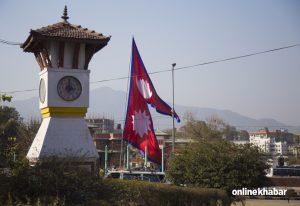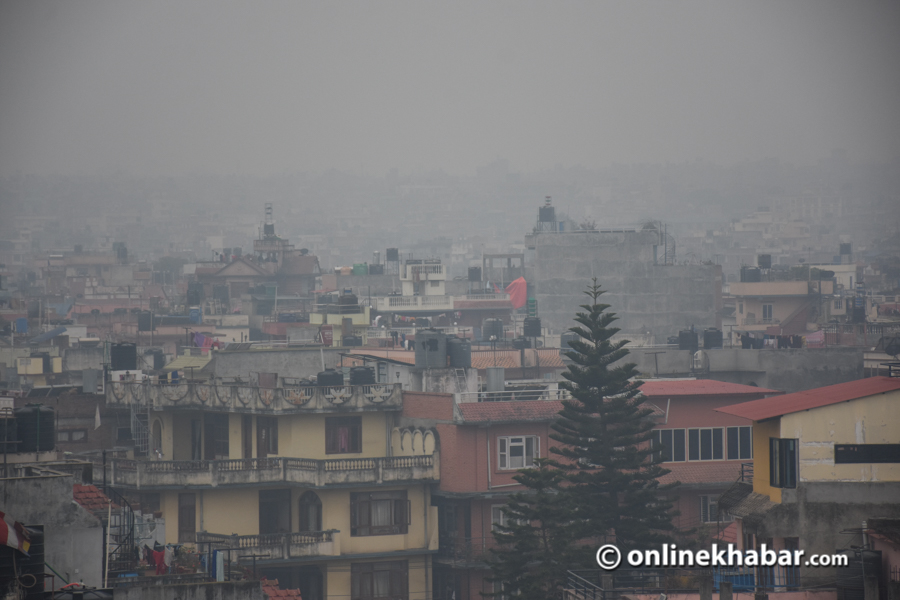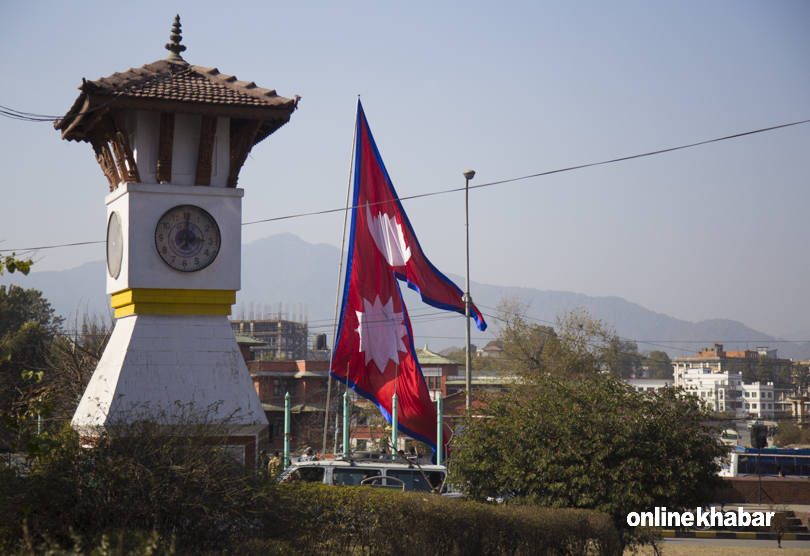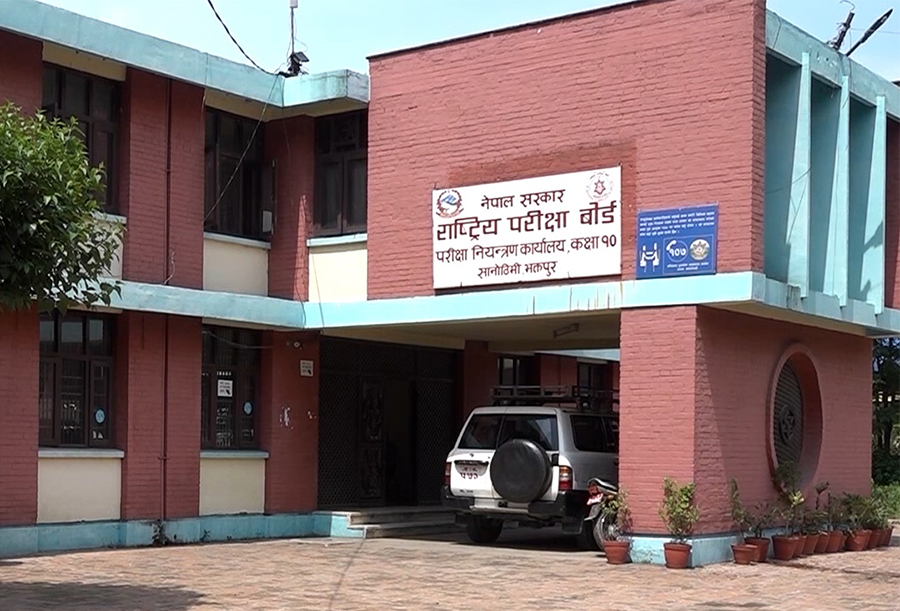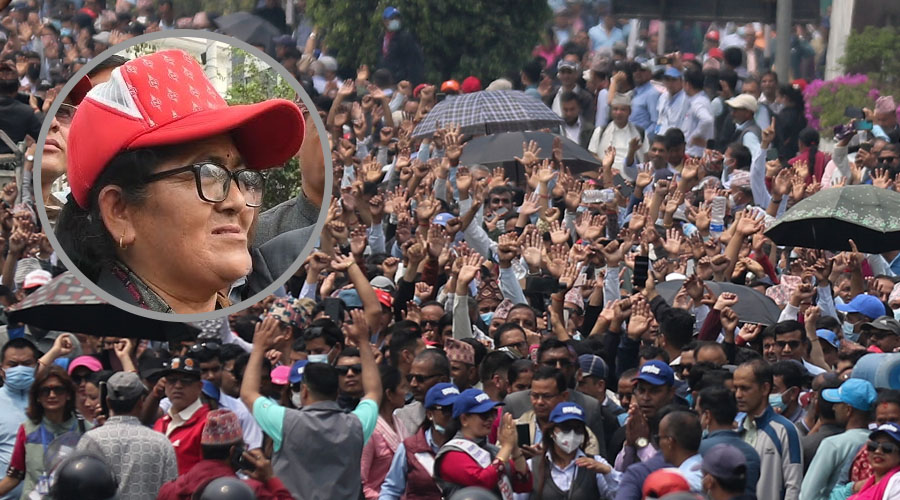
Kathmandu, February 14
Nepal has been ranked 69th on the Climate Risk Index (CRI) 2025, published by Germanwatch, which assesses countries most affected by extreme weather events due to climate change over the past three decades (1993–2022).
The index is compiled based on the impact of climate-induced natural disasters such as floods, landslides, droughts, extreme rainfall, and temperature fluctuations in various countries.
According to CRI 2025, an average of 249.7 people lose their lives annually in Nepal due to climate-related disasters. The mortality rate stands at 0.189 per 100,000 people, while approximately 75,840 individuals are directly affected every year.
Additionally, climate-induced disasters cause an estimated annual economic loss of $221.3 million, equivalent to 0.258% of Nepal’s Gross Domestic Product (GDP), as per the report.
Is Nepal’s climate risk status improving?
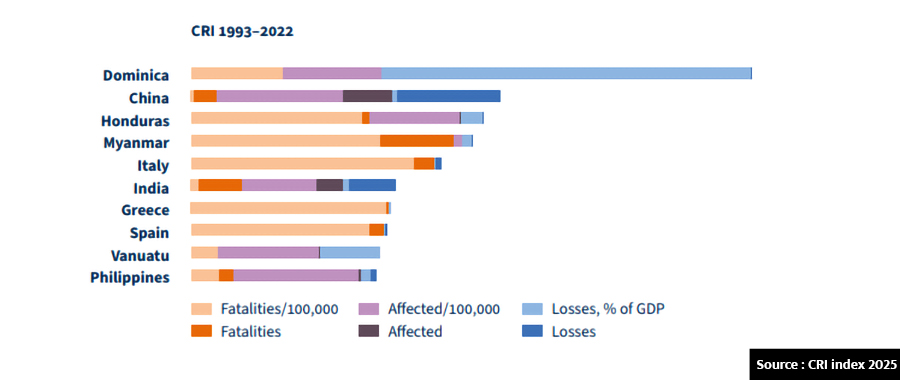
The Climate Risk Index (CRI) report is based on extreme weather events caused by climate change. It is prepared by analysing data from the International Disaster Database and economic statistics from the International Monetary Fund (IMF). The index considers the frequency of extreme weather events, mortality rates per 100,000 people, and GDP loss.
The purpose of publishing the report is to highlight the impact of climate change, assisting vulnerable nations in formulating climate adaptation policies and strategies.
Looking at past reports, Nepal has consistently ranked among the high-risk countries for climate-related disasters. In CRI 2017, Nepal was placed fourth, indicating its extreme vulnerability to climate change. By CRI 2021, Nepal’s ranking had dropped to 10th, and now, in CRI 2025, it stands at 69th place.
While this suggests that Nepal’s vulnerability to climate-related disasters has relatively decreased, experts argue that the reality is different from what the report indicates.
According to disaster expert Dr Dharam Raj Upreti, Nepal lacks a comprehensive system to document loss and damage statistics, leading to discrepancies in reported data.
Analysing data from the Ministry of Home Affairs website covering 2012 to 2024, Dr Upreti found that Nepal experienced 44,000 disasters, including floods, landslides, lightning strikes, fires, storms, and heavy rainfall, resulting in 5,667 deaths.
Additionally, 922 people were reported missing, 15,000 were injured, and 42,000 physical structures suffered damage. The number of lost livestock reached 24,000.
“These climate-induced disasters have cost Nepal around Rs 49 billion ($367 million). If earthquakes were also included, the damage figures would be significantly higher,” Dr Upreti stated.
Since the CRI 2025 report is based on a data system, Dr Upreti pointed out that Nepal’s loss and damage records depend on how much information the country provides and how much assistance it receives.
Most affected countries by climate change
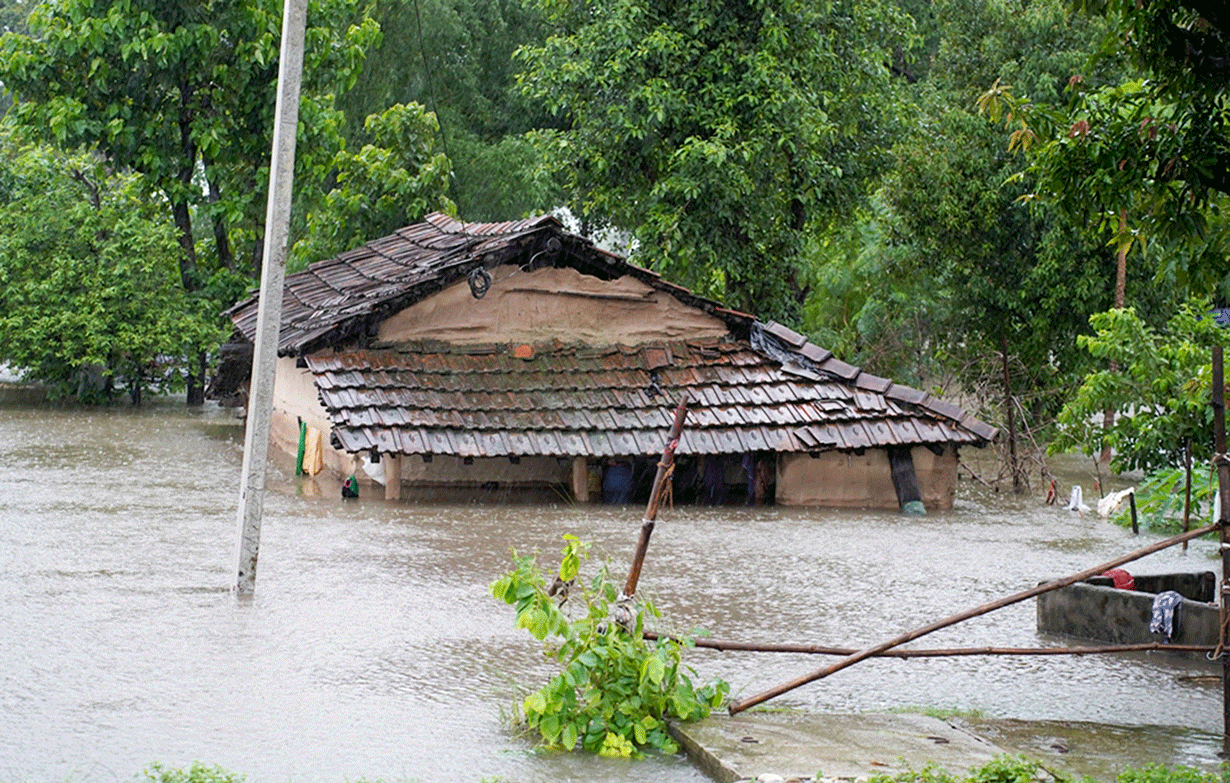
According to the Germanwatch report, 9,400 extreme weather disasters occurred globally over the past 30 years, resulting in approximately 800,000 deaths.
These disasters caused an estimated economic loss of $4.2 trillion worldwide.
The ten most affected countries on the Climate Risk Index are Dominica (ranked first), followed by China, Honduras, Myanmar, Italy, India, Greece, Spain, Vanuatu, and the Philippines.
Neighboring India accounts for 10% of all climate-related disasters worldwide and bears about 4.3% of the total global economic loss from climate change.
However, experts find it difficult to believe that Nepal ranks only 69th when it has faced six extreme weather events in the last four years.
Recent significant climate-related disasters in Nepal include the Kathmandu Valley floods, record-breaking 624mm rainfall in 24 hours in Kanchanpur, severe flooding in Manang due to unexpected rainfall instead of snowfall, glacial lake outbursts that wiped out entire settlements, and the massive floods in Hewakhola that devastated hydropower projects in Koshi Province.
Additionally, post-monsoon rainfall in 2021 destroyed rice crops worth Rs 800 million in western Nepal.
Dr Upreti expressed skepticism regarding the Germanwatch report, stating, “Claiming that Nepal’s climate risk has reduced may allow government officials from the Ministry of Forests and Ministry of Home Affairs to take credit for improvements, but the ground reality remains alarming.”
Serious climate change impacts on Nepal
Regional experts highlight that extreme weather events are increasing in Nepal. Uneven rainfall patterns, sudden heavy downpours, and prolonged droughts have become serious concerns.
In recent years, winter droughts in Nepal have become increasingly severe, raising alarms over their impact on agriculture and public health. Just last October, floods and landslides caused significant loss of life and property.
Geologist and disaster risk expert Dr Basanta Raj Adhikari noted that although Nepal frequently experiences large-scale disasters, not all of them are scientifically confirmed as direct results of climate change.
“The Thame glacial flood and the record-breaking rainfall in Dodhara Chandani are clearly linked to climate change. However, labeling every disaster as a consequence of climate change may not be scientifically valid,” Dr Adhikari stated. “We have a tendency to attribute everything to climate change without thorough scientific validation.”
Dr Adhikari emphasised the need for systematic data collection and scientific analysis of climate-related disaster impacts. “Some progress was made during the Melamchi floods and the recent Thame disaster, but many other events lack proper scientific assessment,” he added.
Need for climate adaptation programs
Despite debates over ranking methodology, experts agree that Nepal remains highly vulnerable to climate change. Various adaptation and mitigation programs are being implemented to address climate risks.
The Nepali government is working to secure international grants from the Green Climate Fund and other sources to support climate adaptation efforts.
Experts stress the importance of implementing climate adaptation policies at the local level, taking preventive measures in high-risk areas, and providing more assistance to climate-vulnerable communities.
Dr Upreti warned that without prioritising climate adaptation strategies, Nepal may face even more severe climate-induced disasters in the future. “It is crucial for all three levels of government and citizens to work together to implement climate adaptation strategies,” he concluded.







